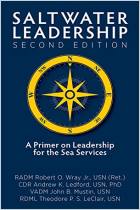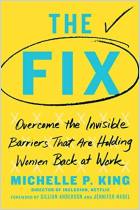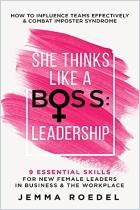
A Woman's Place Is in the Boardroom
Read or listen offline
Recommendation
The numbers are revealing: Women held only 14% of US directorships in 2003 and only 10% of UK corporate board seats a year later. Why does such a dearth of distaff board members prevail when a vast majority of women hold jobs, make most major home and business purchases, and outnumber men in attaining university degrees? Is this imbalance due to the male-oriented corporate culture, child rearing issues, biased recruitment and promotion policies, all of the above or something else entirely? Consultants Peninah Thomson and Jacey Graham thoroughly explore this issue, examining the reasons why the gap exists, why companies would be healthier with a greater female board representation and what firms can do about it. They also detail how they formed the “Financial Times/Stock Exchange (FTSE) 100 Cross-Company Mentoring Program” as one solution to the problem. The book’s conversational flow makes up for its repetition and lack of synthesized information. getAbstract suggests it to all executives who seek balanced corporate governance and particularly to women who aspire to directorships.
Take-Aways
About the Authors
Peninah Thomson is a consultant at Praesta Partners, an executive coaching firm. Jacey Graham co-founded Brook Graham LLP, which specializes in corporate diversity management.


















Comment on this summary or Démarrer une discussion